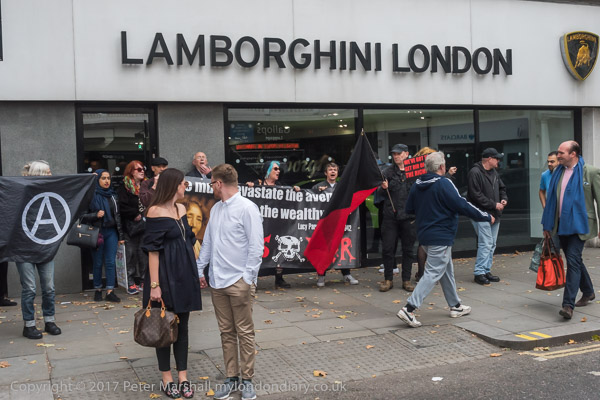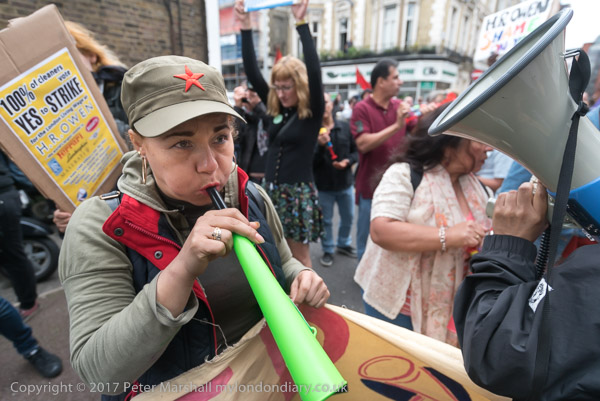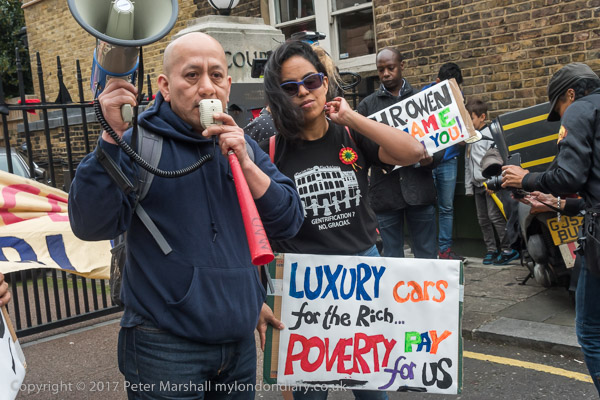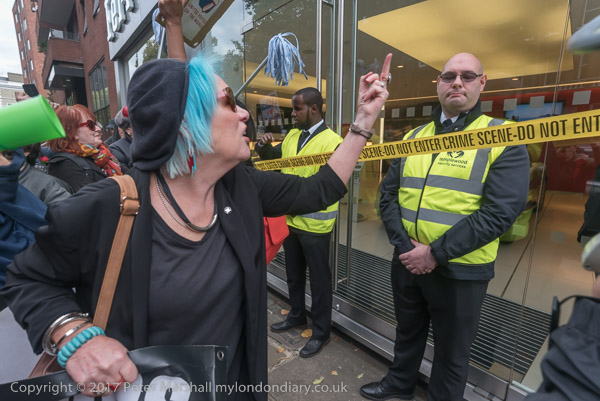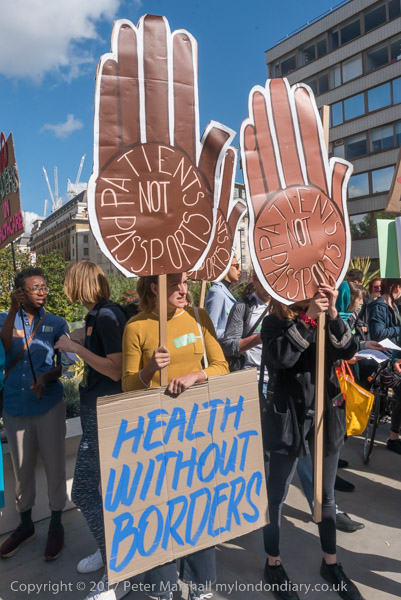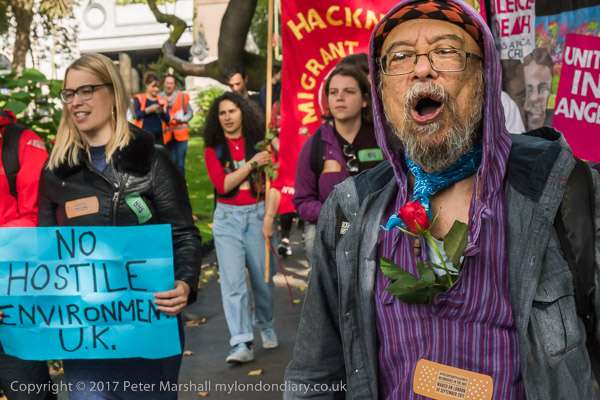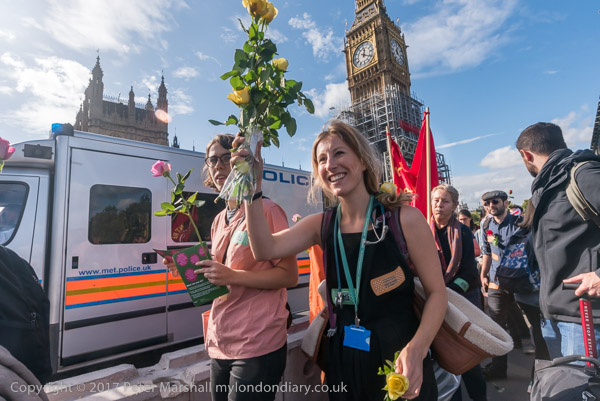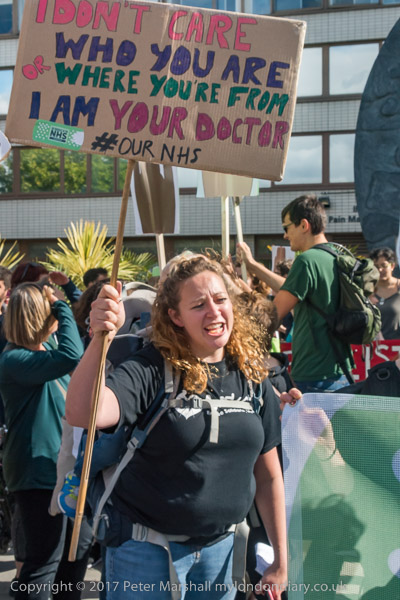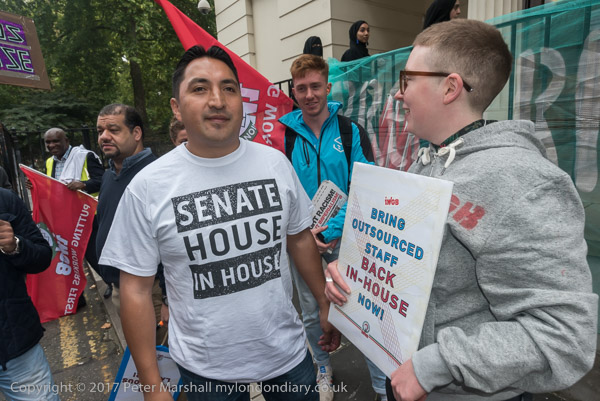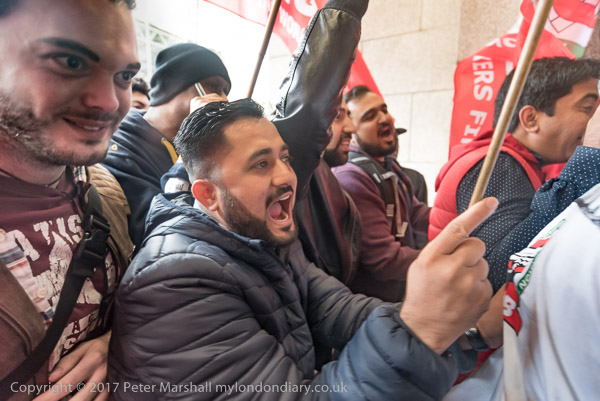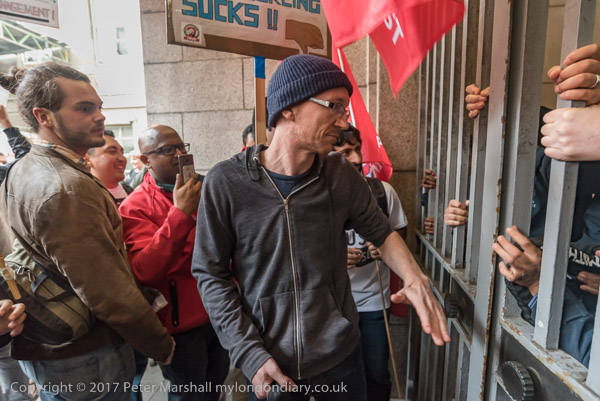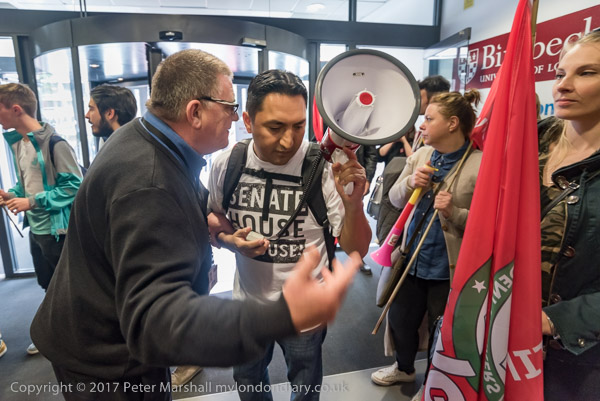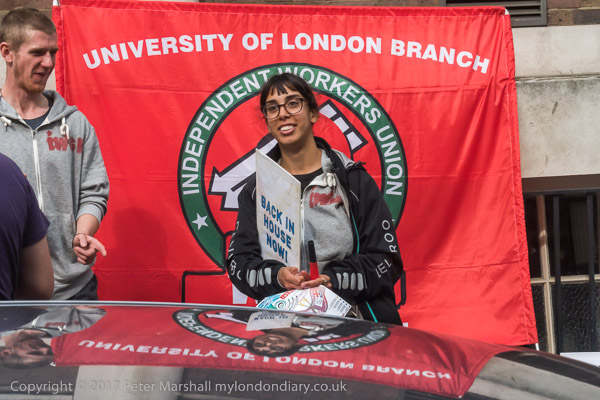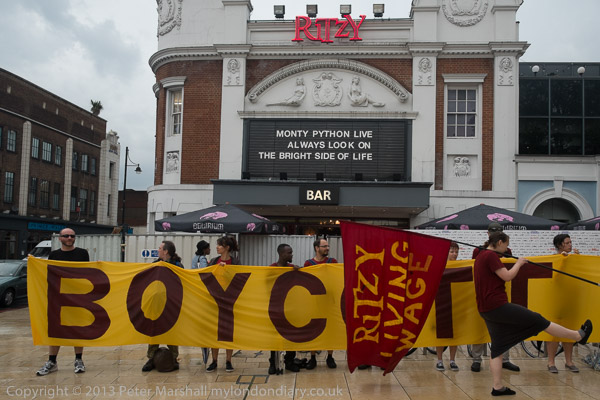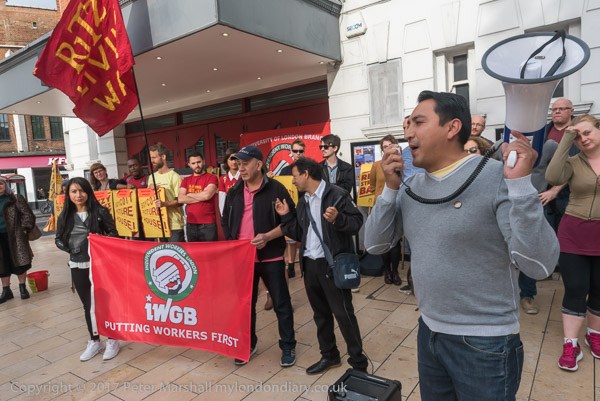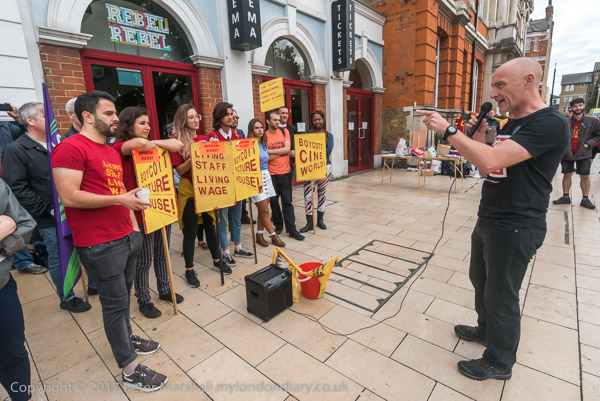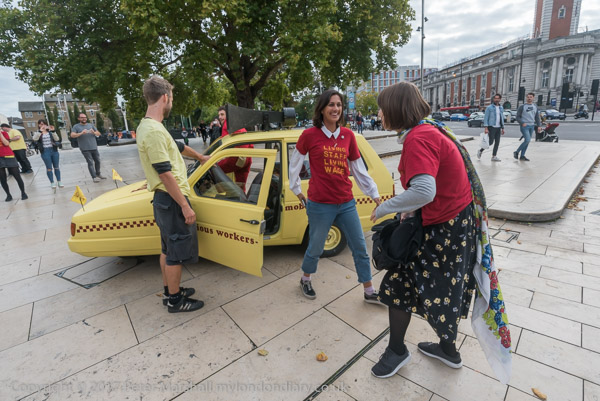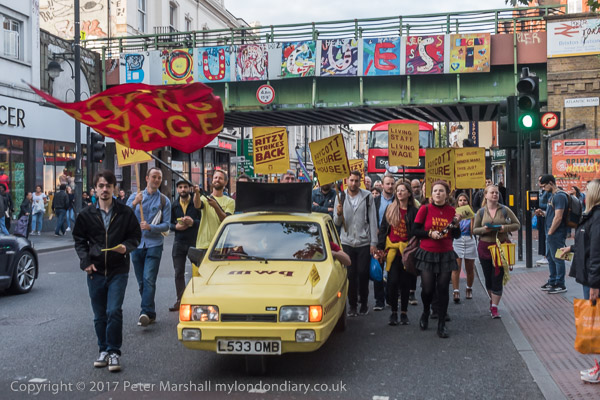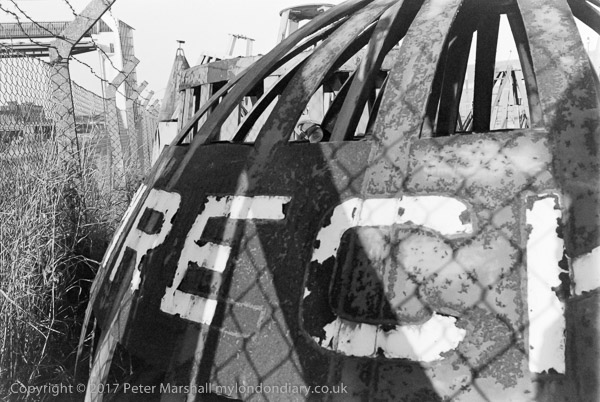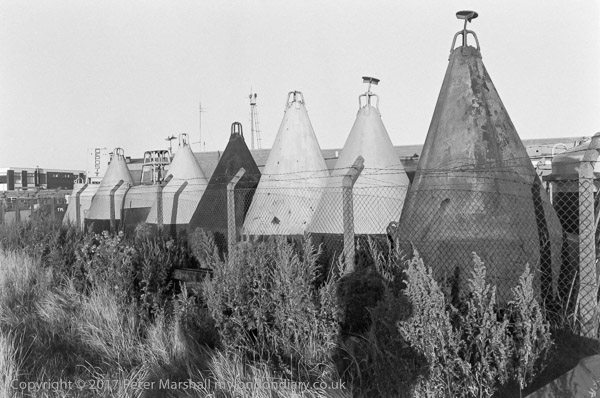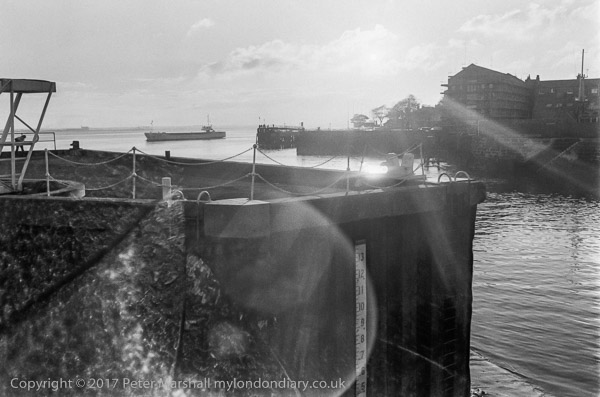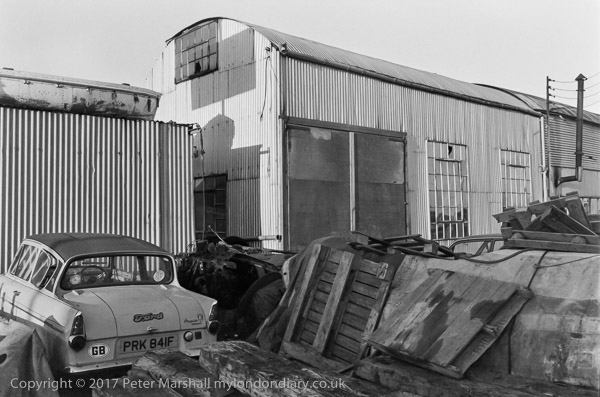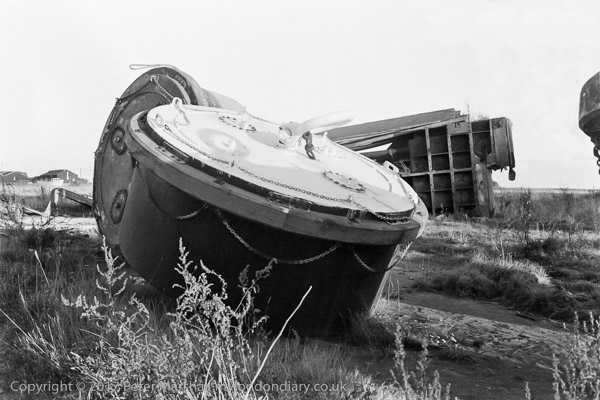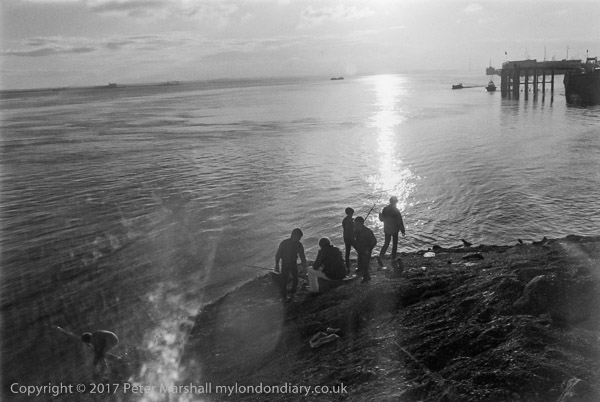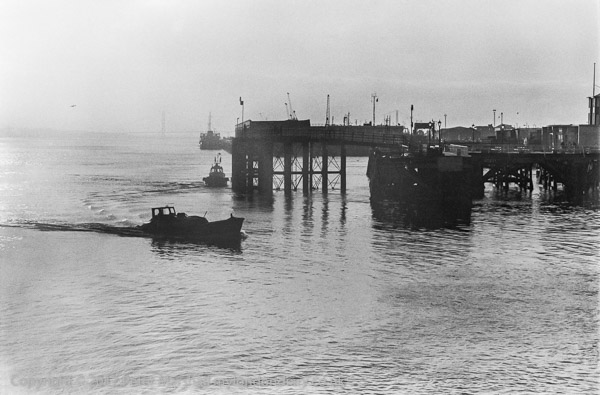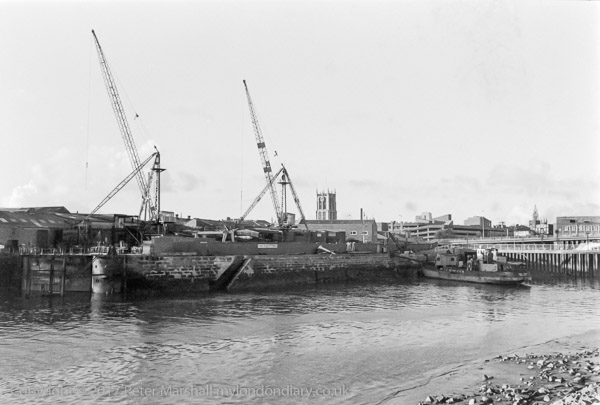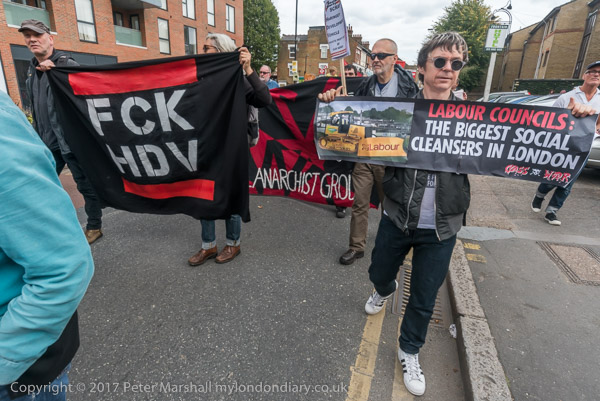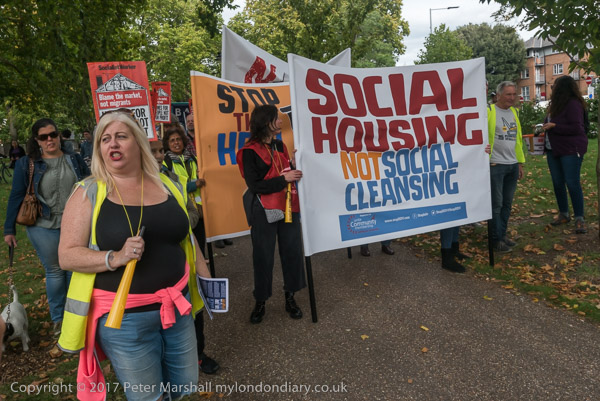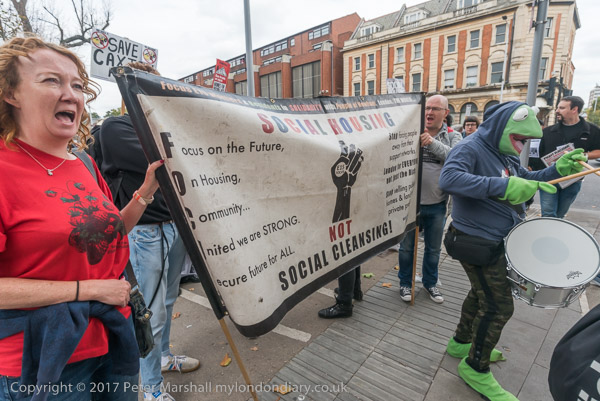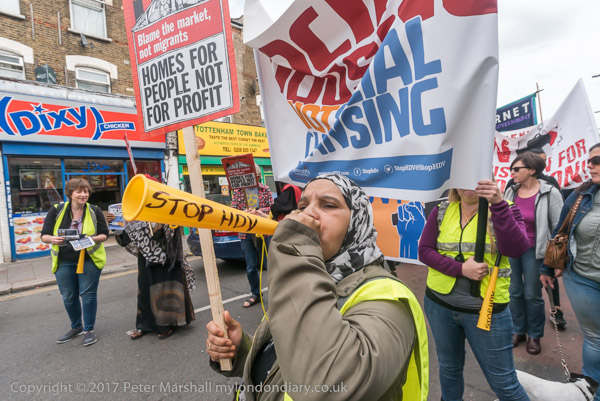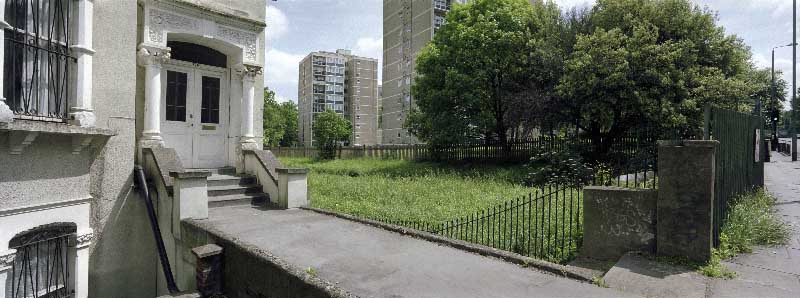Of Loss, Lauds, Leaps, and Lazarus is the title of a yet another interesting post by Professor Larry J Schaaf, the Project Director of the Talbot Catalogue Raisonné at the Bodleian Library, Oxford. I’ve mentioned the catalogue before and it is truly a magnificent project on one of the founders of our medium, one which I very much wish had been available when I had to write a few articles on W H F Talbot and the Calotype process.
Among the items covered in the latest weekly post is one on a process that Talbot experimented with prior to 1839 that I’d never heard of before, the lo-type, which has now been recreated by Grant Romer, involving the printing-out of images by extended exposure on iodised surfaces of copper or silver on glass, not dissimilar to the work of Daguerre in France.
Unlike Daguerre he did not break his thermometer and thus discover the use of mercury to ‘develop’ these images, instead using greatly extended exposures that produced both a positive metallic silver image and also some fairly strong colours from interference patterns. The colours are unrelated to the colour of the subjects, most of which were leaves and similar specimens in contact with the copper or silver surface.
Another topic mentioned in his note is the 209th anniversary of the birth of Anna Atkins on March 16th 1799, though it is actually the 219th anniversary if my maths is correct. She was the only daughter of a well known scientist of the time, John George Children and very close to him as her mother died when she was only a few months old. He brought her up and encouraged her as a scientist and she continued her scientific work after marrying a railway promoter in 1825. She of course is deservedly famous for producing the first photographically illustrated book, Photographs of British Algæ: Cyanotype Impressions, its blue images produced exposing the specimens in contact with sheets of paper senswitized using the cyanotype process which had recently been developed by the man who proposed the term ‘photography’, her friend Sir John Herschel and who had sent the details of his work to her father. Schaaf has some interesting news about new publications and exhibitions of her work later in the year.
More sadly, there is also an obituary for Peter James (1958-2018), “Head of Photography at the Library of Birmingham for more than 25 years until his job was criminally swept away in 2015.” As well as his own thoughts, Schaaf also has those of a number of well-known people in photography who knew him. I only met him on a few occasions, and we had once briefly discussed the possibility of working on a project together. I was impressed as others were by his knowledge, appreciation and enthusiasm for photography and his early death is a great loss for phtoography in the UK.
